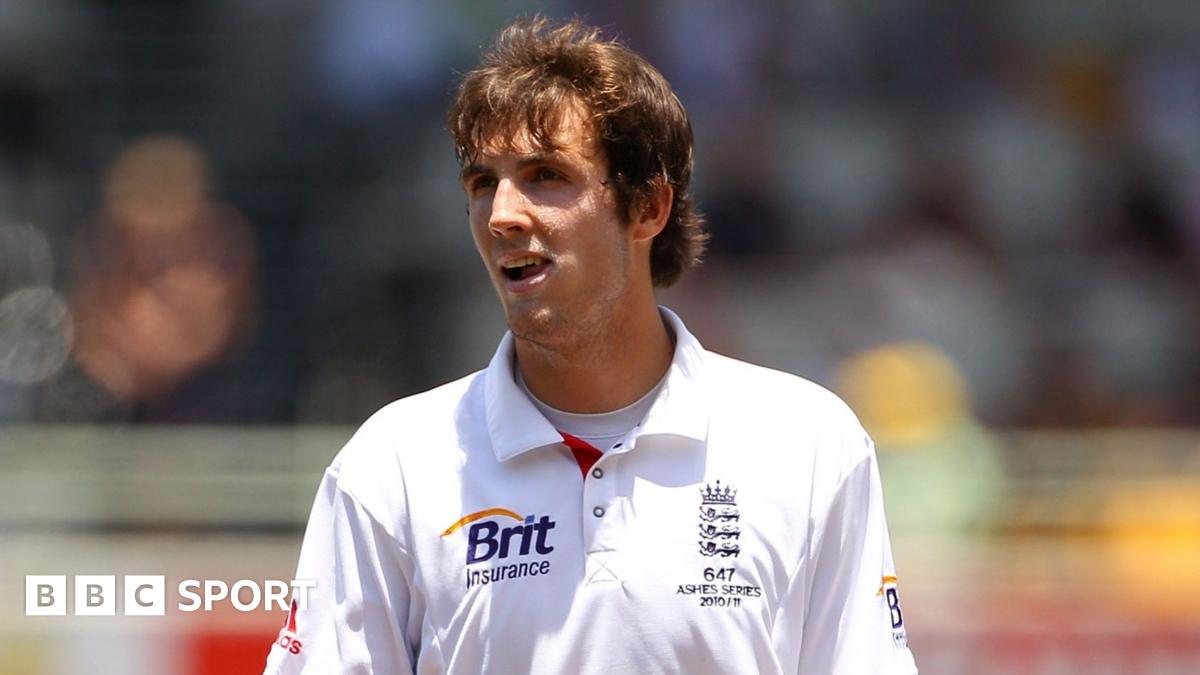In that first Test of 2010 we conceded a first-innings deficit of 211 runs. 35,000 Australians were stamping their feet in the vast concrete stadium baying for English blood in a procession toward another Australian win.
Alastair Cook, Andrew Strauss and Jonathan Trott famously pushed back against the noise to amass 517-1 in our second innings. The Test was drawn, but it felt like we had won.
You could feel the rhetoric towards us change. The people who had taken great joy in telling us we were going to be annihilated were slowly starting to say how they respected the way we had fought back and that they loved seeing the competition.
Planning is important, but so is living in the moment. Too many times England teams have gone to Australia with pre-conceived ideas about the conditions they are going to face.
Being able to read the conditions and adapt is crucial. At the Melbourne Cricket Ground in 2010, David Saker, the England bowling coach, had absolute conviction bowling first was the way to win the Test.
We bowled Australia out for 98 and won by an innings. Being bold with decision-making will serve England well.
Finally, luck is also a huge part of being successful in Australia.
In 2010 Australia didn’t have a set spinner, there were question marks around the great Ricky Ponting coming towards the end of his career and uncertainty about the seam bowlers.
Australia picked a 17-man squad for the first Test, more players than we had for the entire three-month tour to the country. Catching Australia in a period of transition can be critical.
On this occasion, injuries to Pat Cummins and Josh Hazlewood have given England an opportunity to face an Australia team with the cracks maybe just starting to show for the first time since 2010.
There are many challenges that come with playing in an away Ashes series, on and off the field.
The stars may just be aligning for England to have a real crack at winning in Australia for the first time in 15 years.
